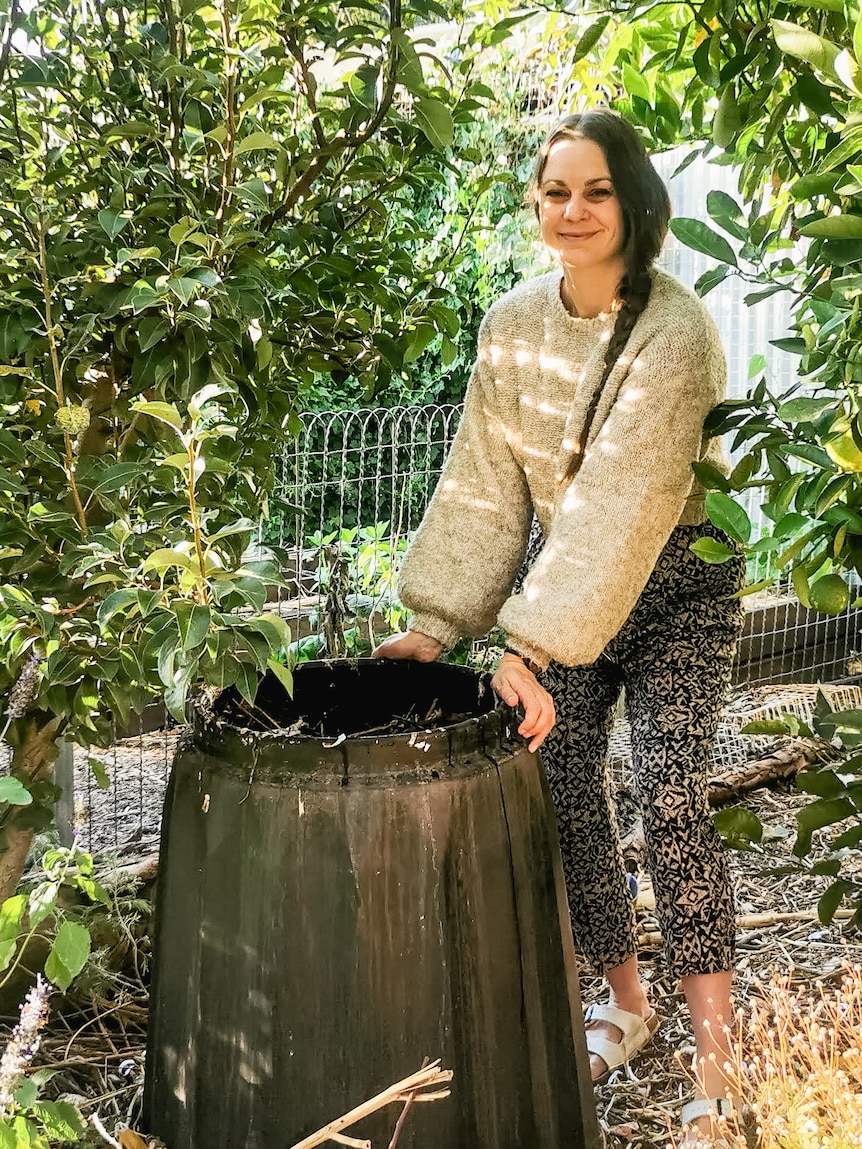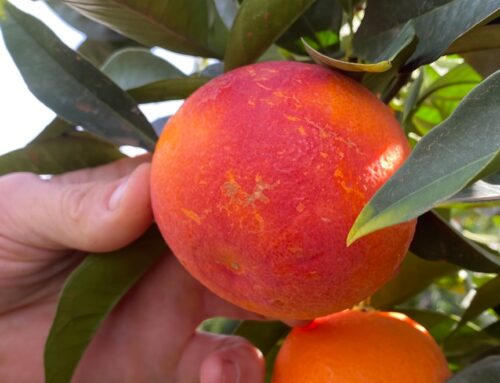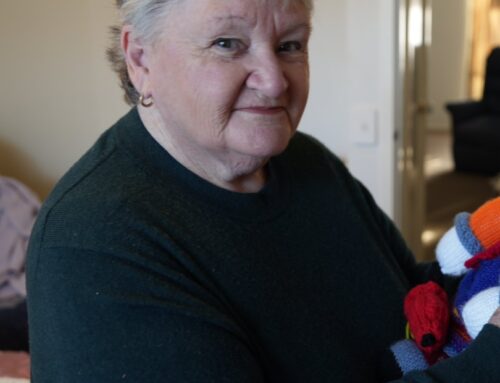The days are cooling, nights are turning crisp, and my veggie garden is calling for one last burst of activity before winter sets in.
Autumn is my favourite season in the garden; my job list feels manageable and mild weather beckons me outside.
Here are five jobs I’m prioritising this season for my backyard permaculture patch, within the temperate climate zone of Tarntanya/Adelaide.
You can check your zone using Gardening Australia’s online map, which also provides month-by-month planting guides for your area.
1. Remove summer crops
Now’s the time to pull out summer crops that have finished producing or are starting to look sad. Plants such as pumpkins, tomatoes, cucumbers and eggplants mostly won’t survive frosts and freezing temperatures.
But rather than ripping everything out, roots and all, try snipping each plant off at ground level and leaving the roots intact within the soil.
This is a “no-dig” permaculture approach to gardening, which preserves soil structure.
As the roots decompose and are broken down by worms, bacteria, fungi and other organisms, they enrich the soil with organic matter and nutrients to supercharge future veggie plantings, while also creating useful channels for oxygen and water.
2. Make your own compost
Autumn is the perfect time to make compost because two key ingredients — green nitrogen-rich materials and brown carbon-rich materials — are abundantly available.
If deciduous trees grow in your area, you can collect bags of autumn leaves free from the streets.
Then, snip all your garden prunings into small pieces and add them (plus any other greens you have, such as food scraps and grass clippings) in alternating layers with the autumn leaves and other brown materials such as shredded paper and wood chips.
Making good compost isn’t hard but does require key know-how.
3. Top up veggie beds with compost
In biodynamics, autumn is described as the season when the earth “breathes in” – growth above ground slows or even falls dormant but beneath the soil, a hive of activity is taking place.
So, autumn is the perfect time to feed your soil.
Again, take a no-dig approach and avoid turning over your beds. Instead, plunge the tines of a garden fork as deeply into the earth as you can, then rock back and forth to loosen the soil.
Pull out the fork, move it forward about 15cm and repeat this process until your entire bed has been punctured.
This helps ease compaction and creates cracks for oxygen and water penetration while preserving your precious soil structure.
Lastly, add organic fertiliser and a 5-10cm layer of compost. Incorporate this into the top 10cm of your soil using a hoe or rake.
Smooth it all over and you’re ready to plant seedlings or a winter green manure.
4. Protect seedlings with DIY mini greenhouses
Seedlings planted into cool autumn beds can be slow to get going. Kick-start their growth using small individual greenhouses called cloches (French for “bell”).
These warm the air and soil directly around your baby plants, helping them grow, while providing protection from frost, heavy rain and pests.
You can buy glass cloches or make a simple DIY version by upcycling plastic bottles. Here’s how to do it:
- 1.Cut the bottom off a two-litre clear plastic bottle. Remove the label so it doesn’t block crucial sunlight.
- 2.Place the bottle over a young plant, pushing the cut end firmly into the soil, 2-5cm deep, so the cloche doesn’t blow away.
- 3.Leave the cap off to allow airflow. You can place the cap on at night to trap heat, but ensure you remove it in the morning.
- 4.Keep an eye on the weather and remove the cloche on warm days to prevent your plant from frying.
- 5.Remove permanently once the plant grows too large for it.
5. Start winter and spring seedlings indoors
As counterintuitive as it may seem, now’s the time to start thinking about what you’ll grow at the height of winter and into early spring — especially if you’re starting from seed.
I don’t own any fancy seed-raising equipment — no heat mats or greenhouses — so I simply start my seeds off in pots inside, where the temperature is more stable.
Once germinated, I pop the pots in my sunny north-facing kitchen window for several weeks, until they have a set or two of true leaves (which look like adult leaves). Then, I move the pots outside into a shade cloth-covered spot to help them acclimatise to life outdoors — a process known as “hardening off”.
This way, come deep winter, I’ll have strong homegrown veggie seedlings ready to plant out.
Koren Helbig is a sustainable city living educator who practices permaculture and grows organic food in the backyard of her small urban Tarntanya/Adelaide home.
ABC Everyday in your inbox
Get our newsletter for the best of ABC Everyday each week
Posted , updated





